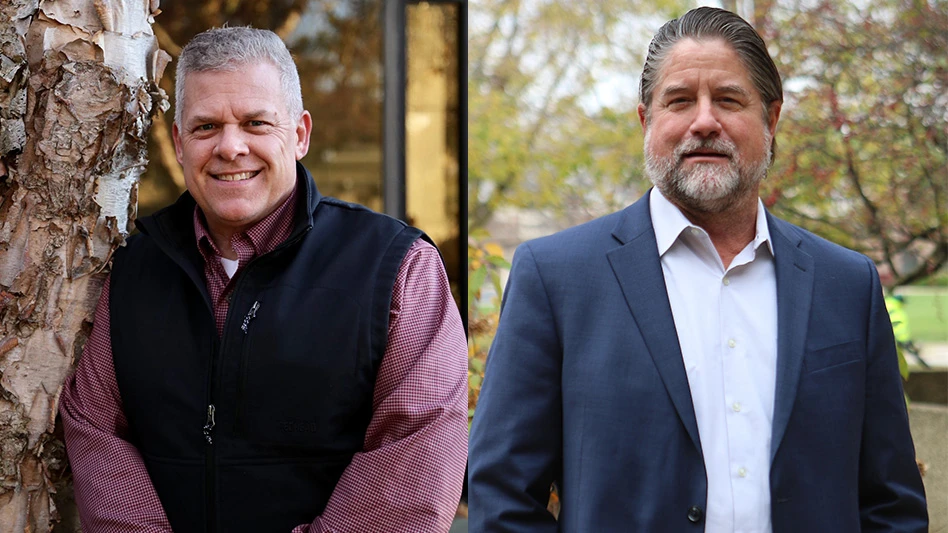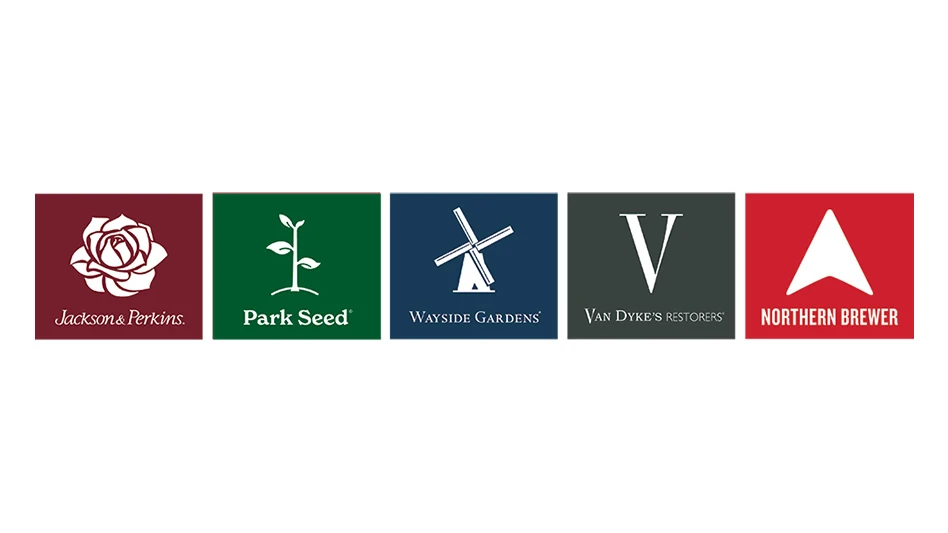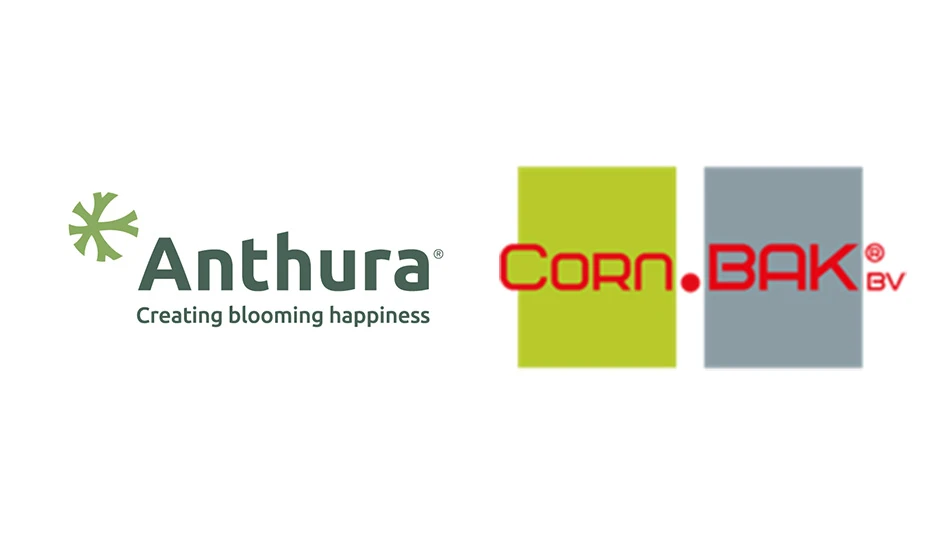
It’s increasingly simple to buy everything online, and although live plants have been a partial exception to this rule, that may be changing.
Online plant sales form a rapidly growing segment of the market, with retail giants like Amazon looking to deliver in-demand plant varieties to customers across the country. As part of the State of the Industry issue, we talked to Sid Raisch, CEO of e-commerce brand Bower & Branch, about the current and expected direction of plant sales on the web as a business model.
Garden Center: Could you get us up to speed on how you’ve been integrating into your new position as president and CEO at Bower & Branch?
Sid Raisch: There has been a steep curve of learning, but that’s the easy part, as it turns out. We are behind the market when it comes to consumer interest to buy trees and plants online. The greatest difficulty is to act with a sense of urgency and to also keep the big picture in mind, so we’re working with solid strategy. The difficulty with this is that trying to scale up to the current market is suicide. We have to anticipate where things should be going and head directly there before someone else arrives and captures the market with a better offering.
GC: How would you describe the state of online plant sales?
SR: These are pioneer days for selling plants online as compared to selling, say, books online. What that means to us is much different than what it meant to pioneers of the West. The acceleration of acceptance of buying online is underway and is on a steep trajectory as mainstream sellers are reaching mass media. The biggest trend of online buying is happening on mobile devices multiple times each day with food ... People already have the device to buy online in the palm of their hand, and now they have a reason to use it to buy practical stuff — like lunch at their favorite place and to pick it up or have it delivered. Try Domino’s, Starbucks, Panera, McDonald’s and the list goes on, and it’s growing fast. Yes, plants are different, but consumers who want to buy stuff online is not the problem.
GC: What are your thoughts on e-commerce giants like Amazon expanding into plant sales?
SR: This is underway in a serious manner. They have a team working on signing up growers and brands and they’re doing it. The problem isn’t that they can’t deliver, or that people aren’t ready to buy. They need the sellers, and they’re working hard to sign them up. Many think they won’t succeed because plants are different. I get that, but once you understand how they think and how they work, the game changes. Amazon Services already bought one of the “Uber of” companies that mows lawns [companies that use a mobile app to send landscapers directly to customers’ homes]. Amazon will be selling, delivering and planting every plant that can be sold to every [possible buyer,] and it won’t take long. Amazon’s mission has always been to sell everything to everybody, including services and stuff that doesn’t ship. Amazon Local will be the platform where you buy merchandise and services from other local independent businesses from the Amazon website, which is picked up in the local store or delivered or installed by them or others. Amazon was never about the books — that was only the point of entry.
GC: Some independent garden centers are either already involved or are considering getting involved with online plant sales. What do you think they should be aware of when it comes to the state of the industry today?
SR: The ability to sell stuff online has come down in cost, but the time required is more expensive. The local garden center with a website can sell online, but we feel strongly that they will need a larger network and greater capabilities to do it well and sustainably. And to keep current business going while investing and building online capability — it’s a crash course. That’s why we feel the Bower & Branch network is essential for independents to thrive in the future and is the best opportunity to take back the 83 percent of plant sales that box stores have garnered. Fighting for the 17 percent that independents get is not the scale we can be satisfied with.
GC: Any final thoughts on where online plant retail is going?
SR: Yes, fasten your seat belts. Learn fast. Make lots of mistakes as fast as you can. Let go of the past mistakes, the wrong lessons that were learned, and quit resting in that bed of laurels of the past because they are turning to compost.

Big message — online service is not what people mistakenly believe. Zappos, the online shoe company, now owned by Amazon, is famous for attentive and thorough service. They are simply better at it than 99 percent of brick and mortar independent businesses in any category, and they’re getting better by using predictive analytics and artificial intelligence integrated with human systems. This is all doable and is becoming not only cost-effective — it is becoming much more profitable. I believe brick and mortar retailing is a viable long-term strategy, but not by itself in very many instances. The multiple front (omni-channel) opportunity means adding to that the clicks-to-bricks for in-store pickup, and online value-added Uber-like types of services to deliver and install.
With Bower & Branch, we’re experimenting with extreme services to supplement those of member garden centers. Our online chat is used by both consumers and member garden retailers to assist in making choices and getting purchases made, delivered and installed. We’ve done FaceTime walk-arounds with consumers to help them decide where to plant and what to plant. Those efforts don’t always scale up to a big operation, but we see the market demands them and we’re aligning plans and resources to provide plants in the way consumers want to buy, with high levels of consumer engagement on a consistent basis.
GC: Aside from the online plant sales issue, how would you describe the state of the independent garden center industry in general?
SR: 2016 has been a fairly strong year, all things considered. There were challenges of course, with the biggest being the weather as usual, depending on the location. A large area of the Midwest was troubled by rainy weekends in May, but by and large recovered by the end of June. The Northeast was challenged by drought — that is still a factor even into late fall. Presidential election years are typically more challenging than this one has been. We’ve seen continued increases in consumer spending as if there were no economic concerns if either candidate is elected. It will be interesting to see how this carries out after inauguration, but I expect the irrational exuberance to continue.
Investing in weather resistance with covered shopping should be a top priority of any retailer with limited covered shopping. The costs and complexities of construction continue to rise and the impact of poor weather on outdoor shopping is consistently bad. Covered shopping doesn’t have to be fancy, but it is a need, not a choice.
Labor availability is going to be a top concern for the foreseeable future. Investing to buy or develop labor saving equipment, practices and procedures is a winning strategy. Which national chain location have you driven by that doesn’t have “help wanted” signs up? This is going to get more difficult, and finding ways to get things done with fewer people is as essential as is finding the right ones and keeping them employed with you.

Explore the November 2016 Issue
Check out more from this issue and find your next story to read.
Latest from Garden Center
- Save the date for the 78th Santa Barbara International Orchid Show
- [WATCH] Looking Back to Spring Ahead: Where we’ve been & where the industry is headed in 2026
- Seed Your Future plans to bring 80+ students to MANTS 2026
- Donna McGinnis named next CEO of Denver Botanic Gardens
- HRI Leadership Academy opens applications for 2027 class
- Sustainabloom introduces Sustainability Planning Template for Retail Florists
- Burpee releases commemorative seed collection to celebrate America's 250th anniversary
- New Michigan box tree moth alert available in English and Spanish





